Categories: Disc Dog Routine Building, Disc Dog Training, Patron's Only
Related Articles
Patron’s Choice : Shaping a Leaping Catch | Leaping Functions
Sneak Peek for Patron’s only… Public access Dec 27th | Functions of canine leaping and how leaping catches function by Ron Watson
Patron’s Choice: Shaping a Leaping Catch | Leaping Concepts
Patron’s Choice Sneak Peek | Public Access Dec. 26
Key concepts of the canine leaping skill and behavior chain that shape and reinforce a leaping catch.
Patron’s Choice: Vaulting Principles | Disc Dog Vaulting Concepts
There is a lot more to a vault than the definition. There is a reason you can’t just watch a YouTube video and get an understanding of the vaulting process. Just because you can do something doesn’t mean you know how to do it, or how it is done; performance is not understanding. This is very evident when it comes to vaulting.
Disc Dog Opinion: What Is a Multiple?
Ron Watson discusses the disc dog Multiple trick in Freestyle, laying out some definitions and keys to the trick.
Behind the Scenes | Routine Building Notes
Sneak Peak Access for Patrons Only… Public Access Dec 7 | It looks as if Routine Building is going to be the topic of choice to get this jam rolling. I’ll let the poll play out, and this might change, but I got thinking about “Deep Work”, a topic that crossed my path to today, and the outline wrote itself in minutes.
Throwing With Intent
Throwing with Intent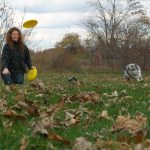 Throwing with intent means delivering discs with the intent to make the dog leap or look good. This skill is extremely important for teaching a dog to leap reliably and for enhancing a... More is throwing a disc to your dog with the intent to make them look good. Throwing the disc to promote a big leap, to hit the dog in stride on the run or throwing a disc that your dog is going to flip for 10 yards away, is the sign of a mature handler.
Throwing with intent means delivering discs with the intent to make the dog leap or look good. This skill is extremely important for teaching a dog to leap reliably and for enhancing a... More is throwing a disc to your dog with the intent to make them look good. Throwing the disc to promote a big leap, to hit the dog in stride on the run or throwing a disc that your dog is going to flip for 10 yards away, is the sign of a mature handler.
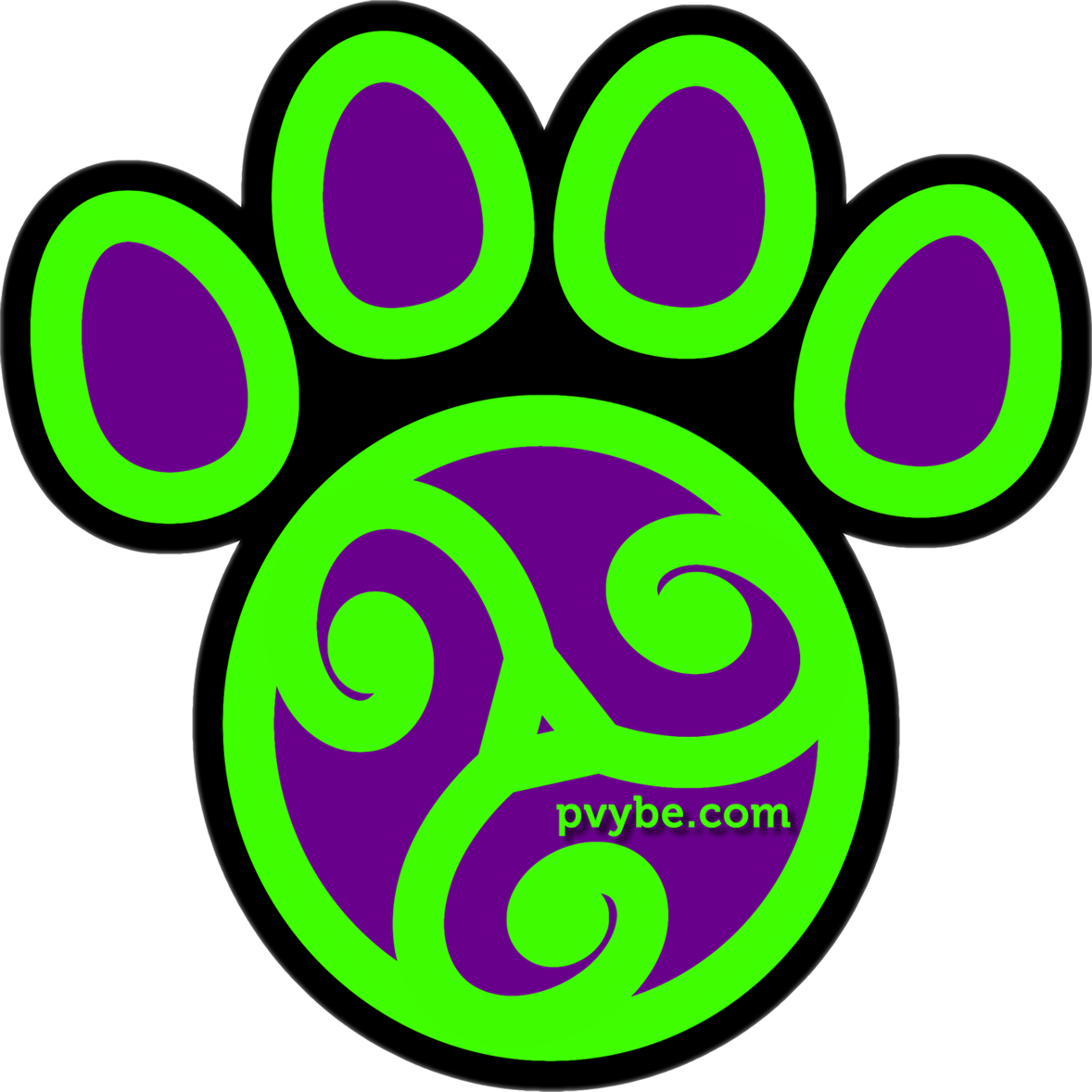


 Unlock with Patreon
Unlock with Patreon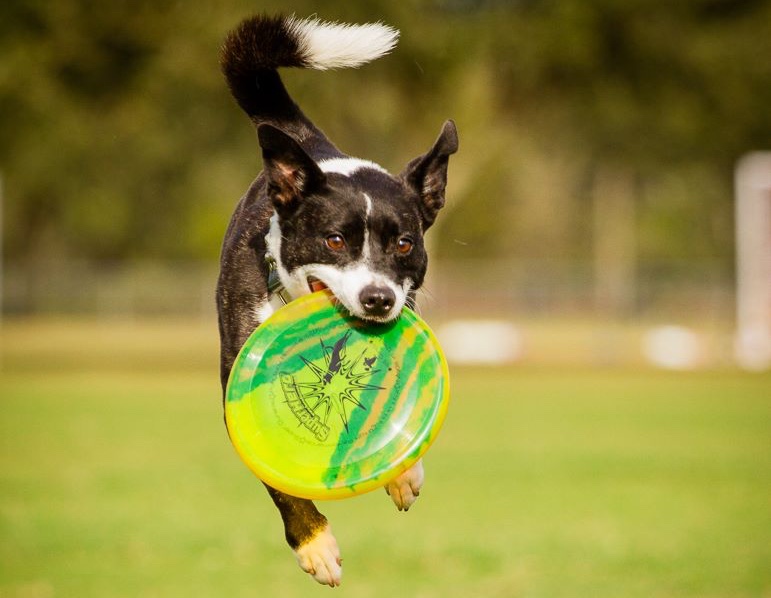
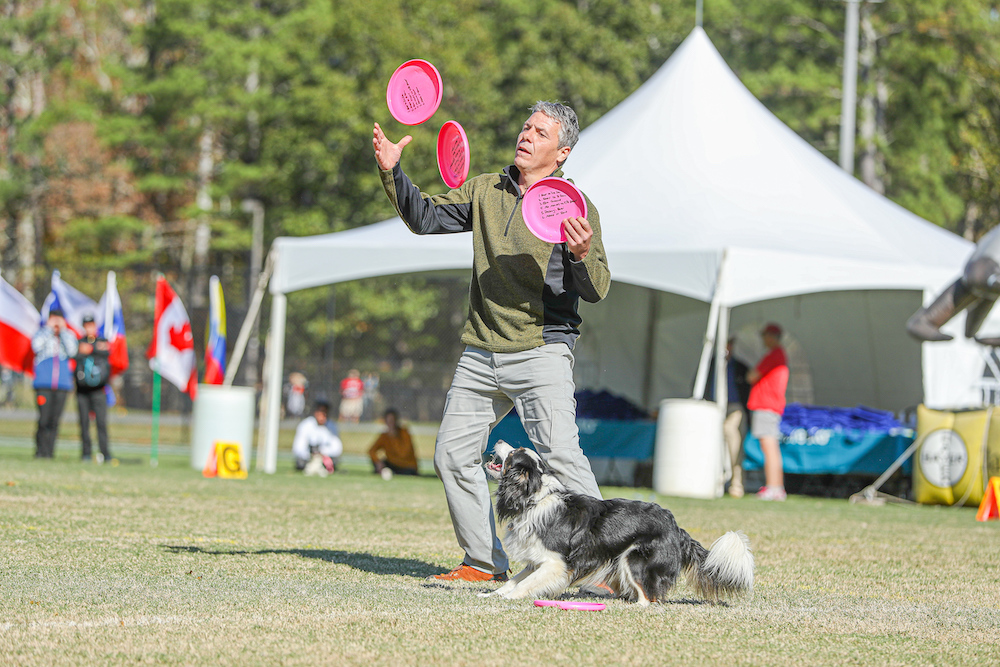
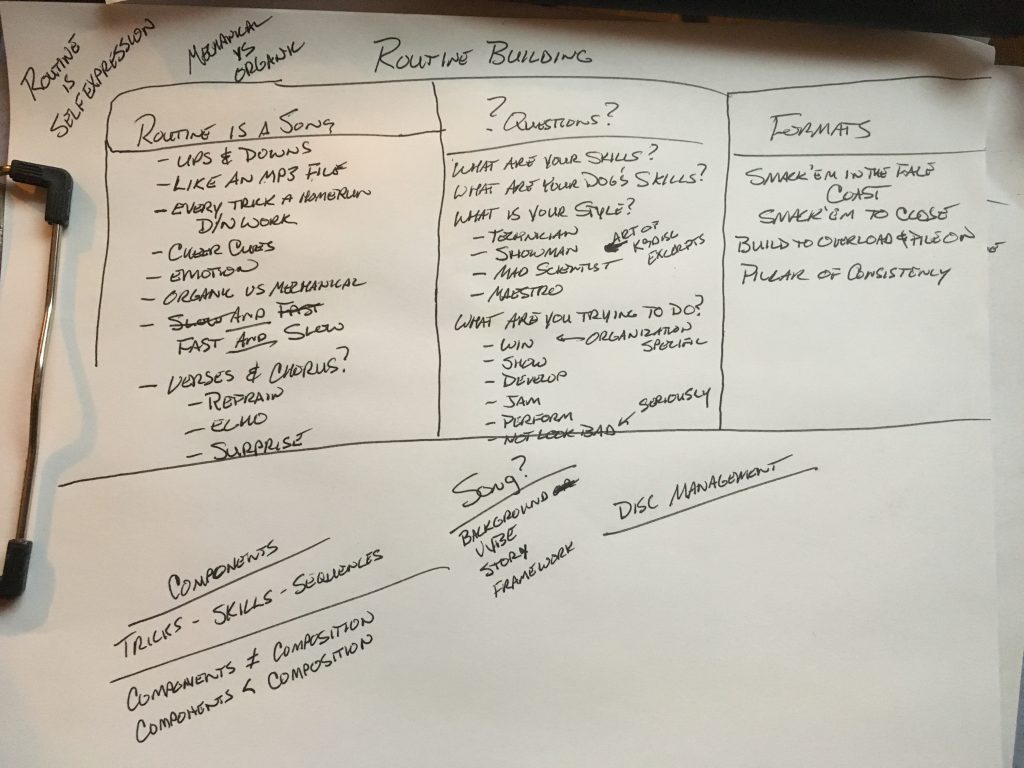
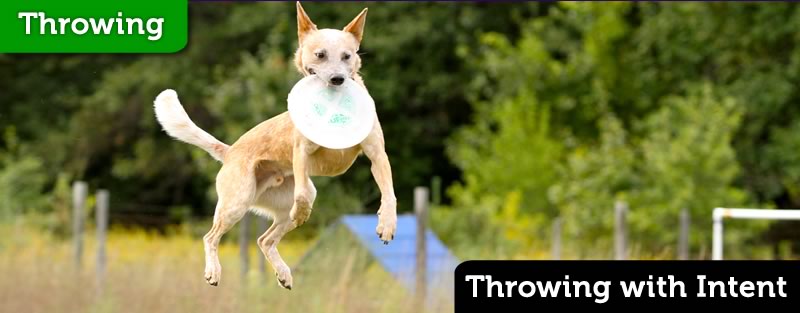
Responses